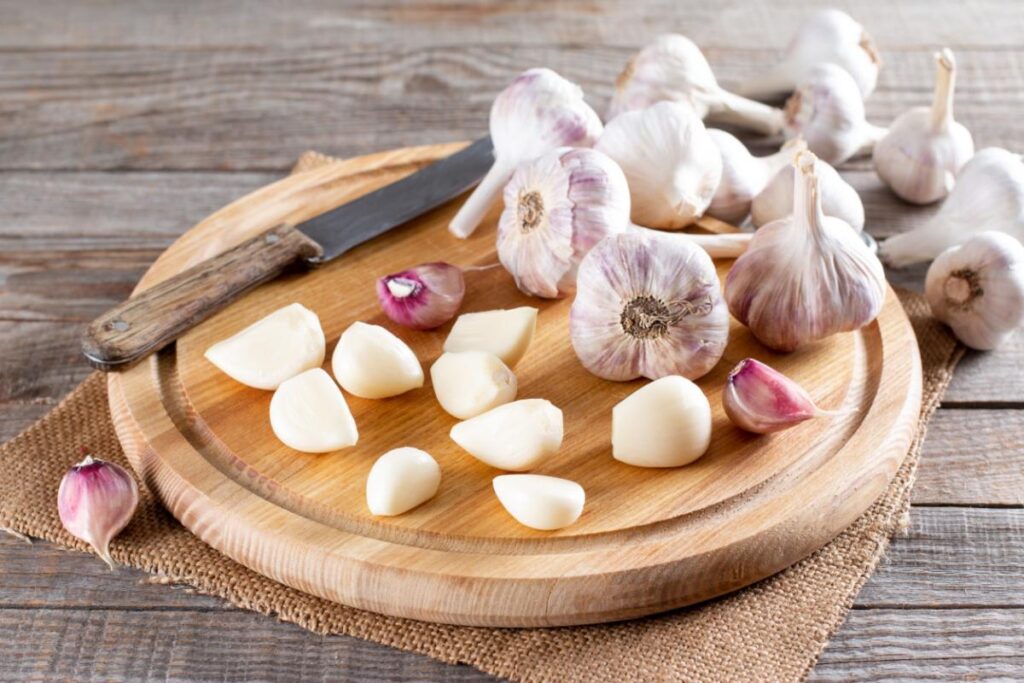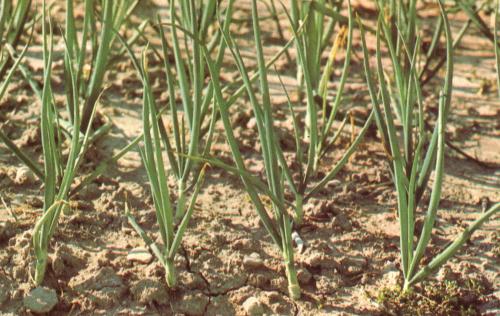Garlic is a bulbous perennial plant considered very precious for its beneficial properties, and cultivated all over the world for its aroma and the unmistakable flavor it gives to dishes. Garlic is a vegetable that adapts well to any climatic condition, its cultivation requires time and patience, it can be grown both on the terrace and in the garden to harvest it in late summer. This is a vegetable that is typically sown during the winter or in February before spring.

Garlic is a bulbous perennial plant considered very precious for its beneficial properties, and cultivated all over the world for its aroma and the unmistakable flavor it gives to dishes. Garlic is a vegetable that adapts well to any climatic condition, its cultivation requires time and patience, it can be grown both on the terrace and in the garden to harvest it in late summer. This is a vegetable that is typically sown during the winter or in February before spring.
Types of Garlic In Italy
The best known garlic species are: • White garlic: The most widespread variety of white garlic is Piacenza garlic, then there is Caraglio garlic, of Piedmontese origin. • Pink garlic: characteristic of Agrigento and Naples, it is a garlic with a delicate flavour, which does not last long and is grown for fresh consumption. • Red garlic: Among the red-skinned varieties, the most famous is that of Sulmona, which is one of the few to flower. Also with the floral scape there is an ancient variety grown in the Viterbo area, the Proceno garlic, then there is the twelve-clove Nubia red garlic from Trapani, famous for its intense aroma and aroma. These varieties adapt well to our climate, are not particularly afraid of the cold and can be grown in almost any type of soil.
How to plant garlic
Sow garlic in pots Talking about sowing garlic is actually not very correct, given that generally the cloves are placed in the ground, rather than the seeds (when you buy the garlic, if you intend to plant it, read the label if it is specified that it can be used for sowing). Once the type of garlic to be planted has been selected, we must carry out “the peeling of the first crown” (remove the first cloves of garlic), the garlic clove must be placed in the ground with the tip facing upwards. Garlic is placed about three centimeters underground, where the climate is harsher it can even be buried at 4 cm, particularly if it is sown in November and must therefore spend the entire winter in the field. In some cases you can also place the garlic with the tip touching the ground but a “blanket” of a few millimeters of earth is useful to protect the garlic from the cold, even if the clove is very resistant to frost and can also tolerate – 15 degrees below zero. To allow each plant to have the right space to develop correctly, a minimum of 10 centimeters must be left between one segment and anothe
When to plant garlic
Garlic can be planted in autumn (October or November) or at the end of winter (January, February or early March). The best time to plant the cloves depends on the local climate and the type of variety chosen….so the choice is yours.
Irrigation and Harvesting

Garlic grown in the open field does not require much irrigation, rainfall is generally enough, in the months between spring and summer if it doesn’t rain much it may be useful to irrigate to have good-sized bulbs. Once the bulb is developed, it should no longer be watered to avoid encouraging mold and diseases that cause rotting of the bulb. Garlic bulbs are harvested 5-6 months after sowing the cloves, when the stem bends and empties we can understand that it is harvest time, in fact it happens because chlorophyll exchanges between leaves and bulb are interrupted. When the garlic starts to dry we collect it by removing it from the ground and let it dry for a day or two in the sun. Good fun 🙂


